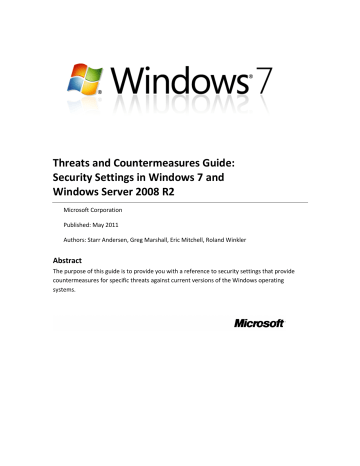
įor a device to be compatible and useful it must conform to these requirements: Īccording to Jim Allchin, for future releases of Windows, ReadyBoost will be able to use spare RAM on other networked Windows PCs. ReadyBoost compresses and encrypts, with AES-128, all data that is placed on the flash device Microsoft has stated that a 2:1 compression ratio is typical, so that a 4 GB cache could contain upwards of 8 GB of data.

250 MB to 256 GB of flash memory can be assigned (4 GB in the x86 versions of Vista).

When a compatible device is plugged in, the Windows AutoPlay dialog offers an additional option to use the flash drive to speed up the system an additional "ReadyBoost" tab is added to the drive's properties dialog where the amount of space to be used can be configured. Flash devices typically are slower than a hard disk for sequential I/O so, to maximize performance, ReadyBoost includes logic that recognizes large, sequential read requests and has the hard disk service these requests. This caching applies to all disk content, not just the page file or system DLLs.

Once running, I was able to open the properties window for the USB flash drive and ReadyBoost was re-enabled.Using ReadyBoost-capable flash memory (NAND memory devices) for caching allows Windows 7 and Vista to service random disk reads with performance that is typically 80-100 times faster than random reads from traditional hard drives. The Windows Experience Index didn't account for the fact that I'm in a virtual machine and disk performance varies wildly at times.Īfter searching high and low, and even trying to fudge my Windows Experience Index disk score, I found success by simply opening the "Services" MMC panel (in the Administrative Tools control panel), configuring the "SuperFetch" service to Autostart at boot, and then starting it manually. This computer would not benefit from ReadyBoost. ReadyBoost, is not enabled on this computer because the system disk's performance is high, as measured by the Windows Experience Index Disk score. This device cannot be used for ReadyBoost.

I would open the properties panel of the USB flash drive and see the message below in the ReadyBoost tab. The problem I had was that when my Windows Experience Index was calculated, the virtual hard disk was performing too quickly, and ReadyBoost was disabled by the system. This effectively speeds up the small, random reads from your hard disk, since long, sequential reads are faster from a hard disk. ReadyBoost is the Microsoft technology built into Windows Vista and later, which allows you to plug in a ReadyBoost certified USB flash drive (memory stick) or SD card and use it for disk caching. In doing so, I've found in the past that when running Windows 7 in a virtual machine it's beneficial to use ReadyBoost to increase performance. I use VMWare virtual machines for Windows development.


 0 kommentar(er)
0 kommentar(er)
